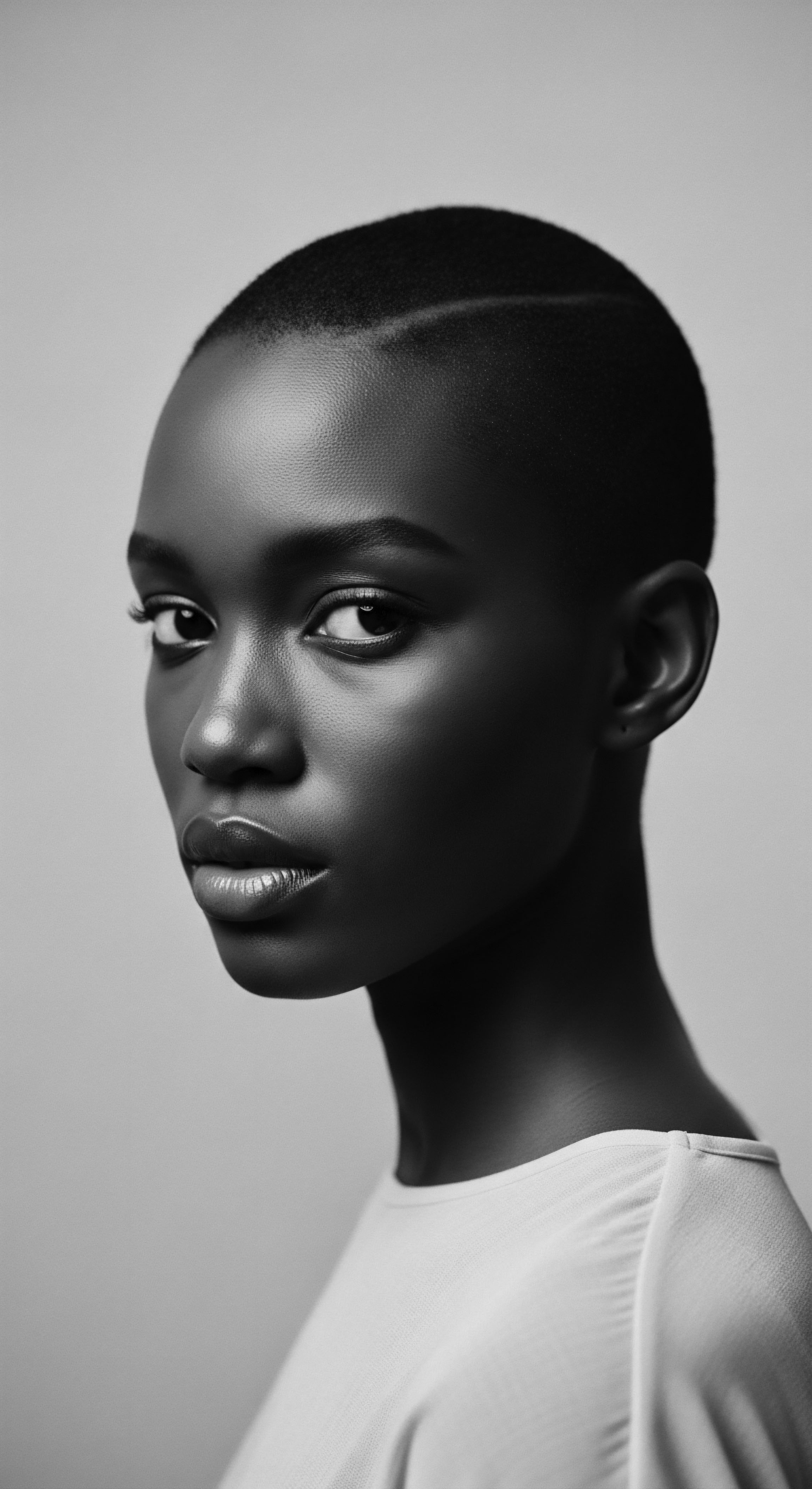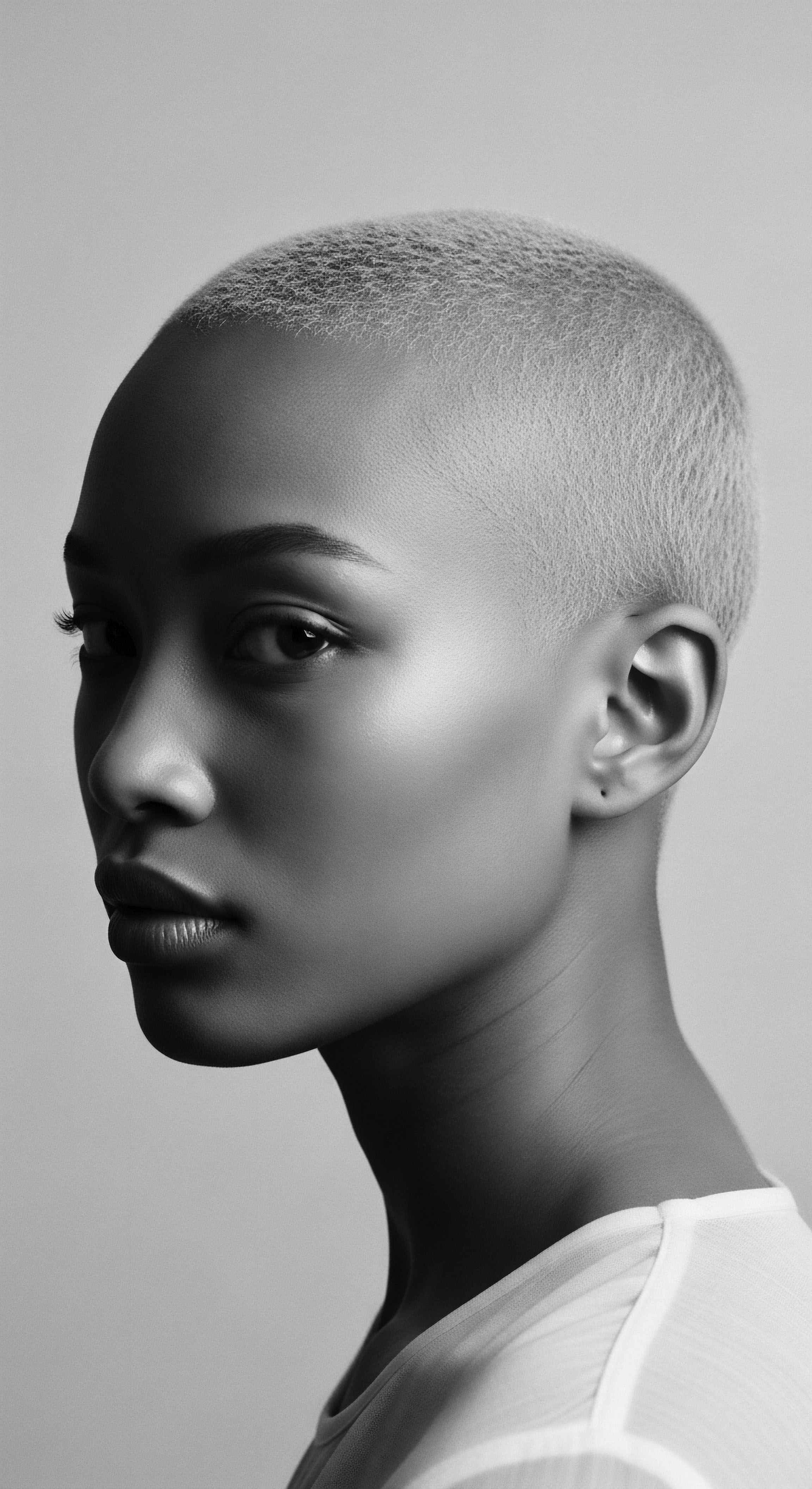
What is the biological reason for textured hair’s vulnerability at night?
Textured hair’s unique structure makes it prone to friction and moisture loss overnight, a vulnerability long recognized and addressed by inherited protective heritage.

Why is nighttime hair protection essential for textured hair heritage?
Nighttime hair protection is vital for textured hair heritage, preserving delicate strands from friction and moisture loss, honoring ancestral wisdom.

What historical materials protected textured hair at night?
Ancestral communities protected textured hair at night using natural materials like cotton and plant fibers, preserving its vitality and cultural meaning.

What ancestral practices influence modern textured hair protection at night?
Ancestral practices, particularly head coverings and protective styles, profoundly shaped modern textured hair protection at night, preserving moisture and preventing damage.

What historical significance lies in nighttime hair coverings for textured hair?
Nighttime hair coverings for textured hair represent a historical and cultural cornerstone of heritage and self-preservation.

What traditional items protected textured hair at night?
Ancestral wisdom protected textured hair at night using wraps, smooth fabrics, and specific oils to preserve its delicate structure and heritage.

How does hair protection at night connect to heritage?
Night hair protection for textured hair directly connects to heritage through ancestral care practices and symbols of cultural resilience.

How does hair protection at night connect to African hair heritage?
Night hair protection connects to African heritage through ancestral wisdom for preserving textured hair and cultural resilience.

Why is nighttime hair protection essential for textured hair?
Nighttime hair protection for textured strands safeguards their delicate structure and preserves a rich heritage of self-care and identity.

How did ancestral practices shape night hair protection?
Ancestral practices shaped night hair protection by employing wraps and intricate styles to minimize friction and retain moisture.

What historical examples show the adaptive nature of nighttime hair protection?
Historical examples show nighttime hair protection for textured hair adapted through resourceful coverings, oils, and styles, preserving moisture and reflecting cultural heritage.

What materials historically protected textured hair at night?
Historically, smooth materials like silk and carefully prepared cotton, along with protective styles, safeguarded textured hair at night, honoring ancestral care practices.

Night Hair Protection
Meaning ❉ Night Hair Protection is the deliberate safeguarding of hair during sleep, rooted in ancestral wisdom for textured hair's health and identity.

Night Hair Coverings
Meaning ❉ Night Hair Coverings are protective garments, often silk or satin, used to preserve textured hair, deeply rooted in Black and mixed-race ancestral care and cultural resilience.

What traditional materials protected textured hair at night?
Traditional materials like smooth cloths and plant fibers protected textured hair at night, a practice rooted in ancestral wisdom.

